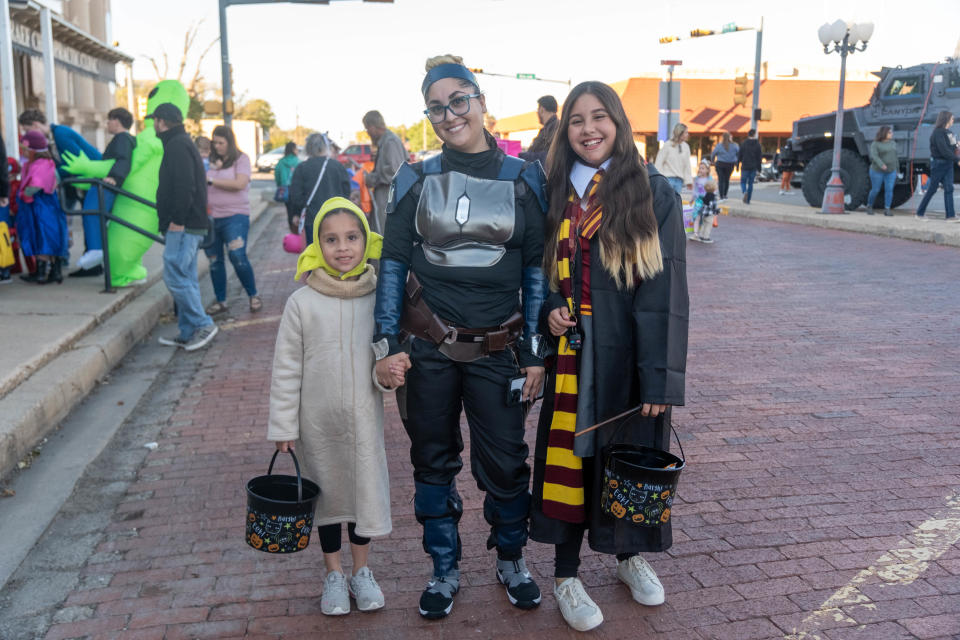City of Canyon reviews options for failing brick streets, repairs
The Canyon City Commission, at its regular meeting Monday, held a discussion about what measures to take to deal with the failure of its brick streets, mostly around its historic areas.
At issue are the approximately 43 blocks or three miles of brick streets in the city, many of which date back to the 1920s. While the bricks have proven to be very durable overall, the area beneath them has deteriorated due to poor initial construction, poor drainage, and the increase in vehicle traffic.
Previous methods of repairing brick streets have been removing bricks from the area and restabilizing the base with either a refill of the bricks or an asphalt paving. Both processes used are costly, labor intensive and take a long time to do.

During the presentation by Chris Enriquez, the assistant director of public works for Canyon, it was suggested that areas of brick streets be categorized by historical significance and relationship to the downtown district master plan and historical significance. Other factors to be considered would be drainage, rideability, and the importance of the road.
The cost of replacing brick is significantly higher than other options to repair, with each block of brick costing over $1 million, while stamped concrete costs significantly less at about $775,000 a block and concrete just over $700,000. The lowest-cost repair method is hot mix asphalt concrete (HMAC), which is about $389,000 per block.
Recommendations to the staff were those considered priority 1, consisting of five blocks of brick streets of HMAC or stamped concrete, which would cost approximately $2 to $4 million. Five blocks of category 3 could be repaired using HMAC or concrete at an overall cost of $13 to $24 million.
One of the issues discussed with repairing brick streets with partial repairs is that these are short-term solutions and do not address the foundation problem below the bricks, which is affected greatly by poor drainage.
With brick streets being very attractive to many homeowners, the city will have future public meetings to discuss the brick street project. The council also acknowledged that this issue will not have a short-term fix and will take many years and great funding to complete.
No action was taken at this time; the council used the information to analyze how to deal with the failing brick streets of the community.
This article originally appeared on Amarillo Globe-News: City of Canyon reviews options for failing brick streets, repairs

